LED Plant Grow Lights Help You Solve The Problem Of Insufficient Sunlight
The Best LED Plant Grow Lights Help You Solve the Problem of Insufficient Sunlight
Full-sun plants like cannabis and vegetables need roughly 2,000 to 3,000 lumens per square foot of growing area. Indoor plants rarely get enough sunshine, even when placed closer to the windows or sunlit patio spaces. Lack of adequate sunlight disrupts photosynthesis, so the plant doesn’t get enough energy to grow normally, leading to stunted growth. We’ll discuss how to solve this predicament.
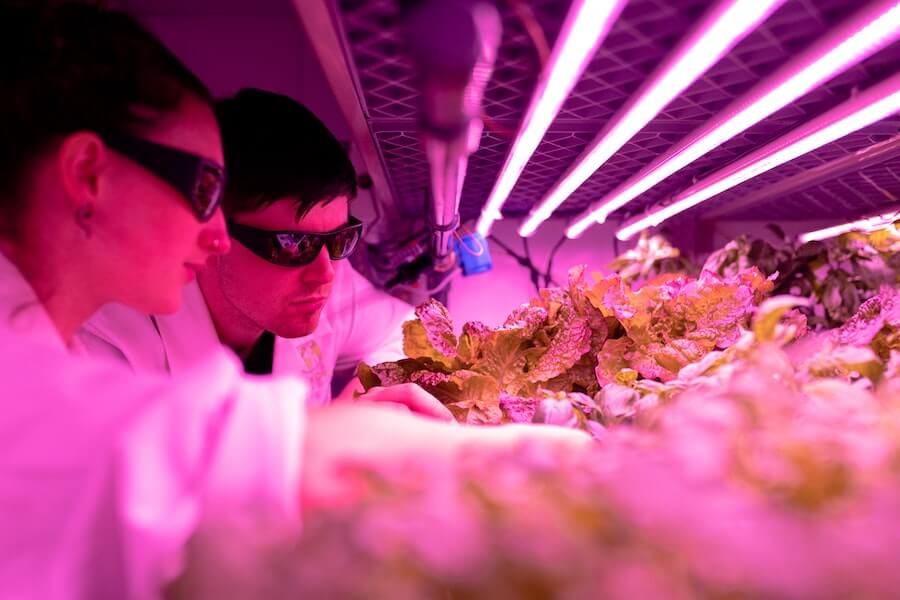
Grow Lights for Insufficient Sunlight: The Ultimate Buying Guide
Grow lights solve insufficient sunlight by artificially generating the needed lumens to support plant growth. Choose a grow light emitting 3,000 lumens or higher for undisrupted development. You could blend several types of growing lights to create a broad canopy of light to cover larger indoor plant growth areas. Are you wondering which grow lights solve insufficient sunlight and how to find them? Are you asking yourself, “What type of light do plants need to grow indoors?” Rest assured; we’re here to help.
How Do Grow Lights Solve Insufficient Sunlight, and Which Are the Best Ones?
The major types of grow lights for indoor plants address the lack of sunlight in indoor spaces. Sunlight indoors is often at lows of 500 lux during cloudy days, which is insufficient to support photosynthesis. This clearly tells you how poor the indoor light is and how bad it can get when the outdoor light is lower than expected. Popular types of led grow lights emit the desired amounts of lumens, which are absorbed by the plants’ leaves’ pigments.
High-intensity LED-generated light is evenly distributed to support the growth of the cells in the plant. These lights generate and disseminate equal or higher light energy compared to natural sunlight. However, not all grow light types are similar; some are more powerful and suitable for specific plants. Learn everything about choosing the best LED grow lights for indoor plants below.
Types of Grow Lights for Indoor Plants
There are four main types of grow lights for indoor plants, each designed to address different insufficient lighting issues. Some LED lights stimulate vegetative germination or growth, while others trigger the conversion of light energy into plant energy. So, what type of light is best for growing plants indoors? Find out which of the four options is perfect for your needs.
Incandescent Light Bulbs
These are the cheapest and most available grow lights for indoor plants. They often contain tungsten filament, inert gas, and chamber filler. Incandescent light bulbs are categorized into standard A-19 bulbs, halogen, and reflector bulbs. However, these bulbs are more costly to maintain, last for a few months, and aren’t safe for plants.
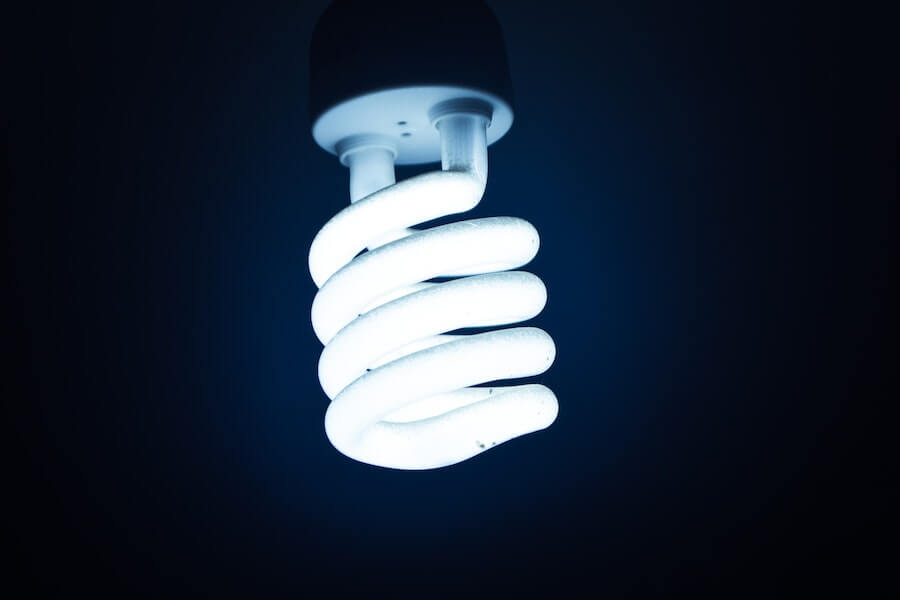
Fluorescent Bulbs
Fluorescents are cheaper and safer grow light alternatives to incandescent lights. They come in many colors and designs, suited for varied stages of plant growth, including budding, flowering, and growing. They are available in full-spectrum options, which generate the same levels of light as sunlight.
LED Grow Lights
What type of grow light should I use which is safe and effective? LED grow lights are some of the safest and most practical grow lights on the market today. They run on current-day technology, providing high-intensity light with low heat levels. They are cost-friendly and can be customized to your preferred light color. They are more costly to purchase but cheaper to maintain.
High-Intensity Discharge Lamps
When choosing the right grow light for commercial indoor gardening, you can never go wrong with high-intensity discharge lights. The HID technology comprises gas-filled bulbs and electrodes that generate massively bright light for flowering plants. These aren’t the types of growing lights to use for low-budget plant growth. They’re costly to purchase and require lots of energy to run, which makes them more expensive to maintain. The bulbs are available in options such as ceramic metal halide, metal, and high-pressure sodium bulbs.
What Type of Light Is Best for Growing Plants Indoors?
Many plants grow and thrive best in indoor environments lit with full-spectrum bulbs. The full-spectrum bulbs are created to generate balanced warmth and coolness, just like natural light. Since they mimic the natural solar spectrum, they’re suitable for already mature and new plants. But that doesn’t mean full-spectrum bulbs are the only solutions for growing plants indoors.
In fact, there is no one-size-fits-all solution for every indoor plant’s growing needs. The ideal choice of a lighting solution for indoor plant growth will largely depend on a variety of factors, including:
- The growth environment
- The size of the plant growth area
- The amount of light generated by the lighting fixture
- The color of the light generated
- The plant species and growth demands
Remember, plants do exceptionally well in blue-lit indoor surroundings. Plants’ chlorophyll absorbs blue light more efficiently than other light colors.
What Type of Light Do Seedlings Need to Grow Indoors?
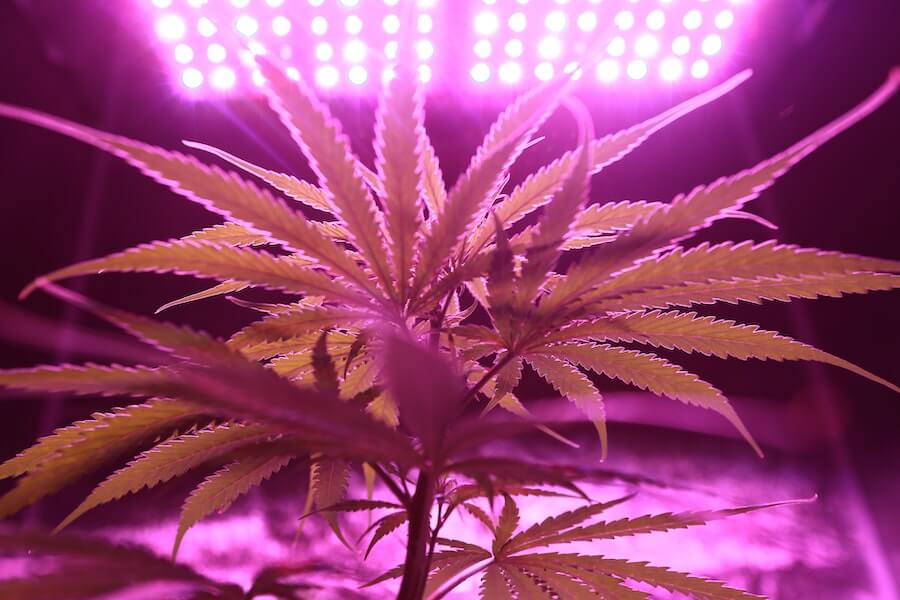
So, are you wondering what type of light do plants grow best in since your previous experiences haven’t been so fruitful? Before delving into details of the best lights for indoor seedling growth, we wish to remind you that the market is flooded with dozens of options to compare. A quick online search for the best light for seedlings will give you an expansive selection of lights tailored for different seedlings.
For your newly grown seedlings to thrive well indoors, you might need to get full-spectrum LED lights. These lights blend red and blue wavelengths that support the efficient growth of your seedlings indoors.
You can get specially-designed LEDs and fluorescent grow lights with similar qualities if you’re low on budget. Whichever lighting solution you pick, ensure you place the lighting fixture about six inches from the plant foliage to attain better lighting results. You can raise the lighting fixtures using chains for smooth and balanced light distribution. You can as well elevate the plants with a DIY seed starting station.
Choosing the Best LED Grow Lights for Plant Flowering
Most lights are able to supply adequate light to support plants in various growth stages. However, plants need more light at the flowering stage to promote the demanding budding and foliage processes. Thus, it would be best if you switched to more powerful grow lights when your plants start this phase.
Red light waves are highly recommended as they empower indoor plants to flower and fruit-generating plants to produce. When choosing the right grow light that promotes flowering and fruit creation, get lighting fixtures labeled as “grow lights.” These lights come built to generate more red-light waves to support the fruiting and flowering processes.
Some grow lights for insufficient sunlight have high-output LEDs, generating up to twice more light as standard LED grow lights. Consider the brightness level and power consumption when choosing a grow light, as they directly affect the long-term operation cost.
With high-output LEDs, you can grow plants native to sunny and dry climates, including geranium, cactus, rosemary, and citrus. These LED grow light types are excellent for plants that thrive in low to moderate sunny areas, including cannabis, sunn hemp, Japanese maple, coral, and Southern marigold. When your plants reach the flowering and fruiting stages, you must keep the lights on for 16 to 18 hours daily.
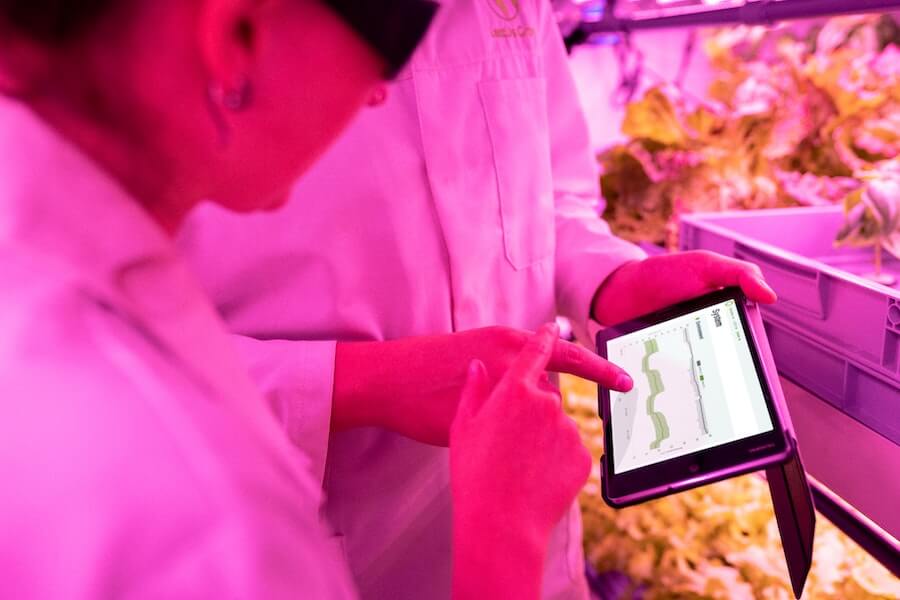
The Type of Light You Need to Grow Plants: Factors to Consider
What type of light should I use to grow indoors? This question has no direct answer. The needs of every indoor plant grower differ, and so do their budgets and preferences. To shed some light on what type of light do plants grow best in, we will highlight the key features to look for when choosing a grow light.
Type of Grow Lights
When deciding what type of light do plants need to grow in your home or business surroundings, you have to factor in your needs. You have three main choices: LED, high-intensity discharge, and fluorescent lamps. These lights obtain their power mainly from electricity, but you can also find costlier options powered by solar energy. Although LED and high-intensity discharge grow lamps cost more upfront, they last longer and come with lower operating costs.
Uses of the Grow Lights
In choosing the right LED grow light, think about the intended use. There are grow lamps for virtually every growth stage. Limited light lamps are suitable for general indoor plant growth, while medium-intensity lights are excellent for supporting seedlings. You need high-output LED or HID grow lamps for herbs and greens. Other grow lamps are appropriate for propagating plants.
Types of Plants You’re Growing
Another crucial consideration when choosing LED grow lights is the plants you want to farm. Almost all plants can thrive well indoors with a sufficient light supply. But to grow healthy and happy plants, you need to understand the specific care methods for your plants. Indoor gardening experts will tell you that the best plants to grow in your indoor space are orchids, succulents, and African violets. All these plants can blossom well in low-lit and high-light environments, so the artificial light from your grow lamps will be enough.
Grow Spectrum and Intensity
Take note of the grow light intensity and spectrum as well. The light spectrum is all about the different colors emitted by the grow light. Realize that different light colors have different effects on the growth of a plant. Some plants do well in full-spectrum light, while others perform best in partial-spectrum light. As for light intensity, it’s the light strengths that determine the lamps’ watt and lumen ratings. Lamps with higher wattage ratings will require more energy to operate, generating more heat energy. Lamps with higher lumens ratings shine brighter, outputting more light energy.
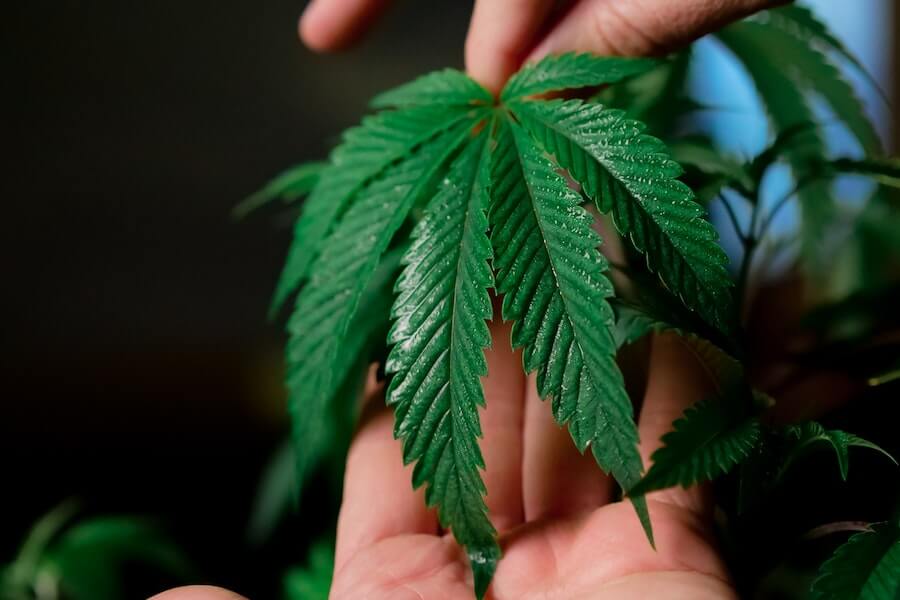
How Much Light Do Plants Need to Grow?
After deciding on the plant grow lights to buy, you have to consider the size of the lamp suited for your space. Measure the area you want to light and get exact figures to calculate how much energy you need. Specialist indoor plant growers recommend 20 to 40 watts for every square foot. Divide the bulb wattage by the preferred wattage per square foot to get the right lamp size.
The resulting figure reflects the light intensity range you need for your space. If you have around 40 square feet of indoor space you want to light up, you’ll need an 800-watt system.
Conclusion
Now that you’ve decided on the type and size of grow light, you need to choose a trustworthy supplier and manufacturer. Batagrowlight is a top-tier manufacturer and supplier of high-end indoor plant grow lights designed to be user-friendly, affordable, and energy-friendly. The company’s indoor plant growth lamps are engineered with the user’s needs and the plant’s growth requirements in mind.
We have a range of patented plant growth lamps categorized under the DCZ, YPB, TFDG, and TSDG Series. These LED grow lights are excellent for commercial growing settings, notably vertical multi-tier and single-tier benches. Make the right choice for maximized yield and consistent crop quality today!


Nice post. I learn something new and challenging on websites I stumbleupon every day. It will always be useful to read through articles from other writers and use a little something from other websites.
Thanks for your comments, our team will continue to provide our audience and readers with high-value content and knowledge about planting and LED grwo lights